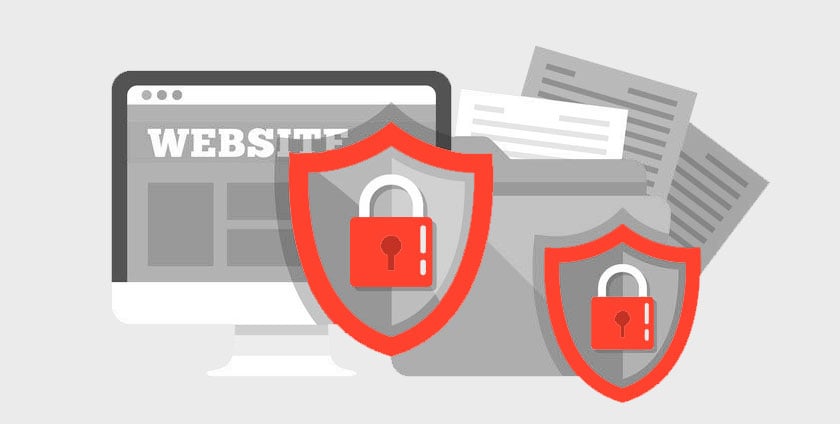How to protect a website from hacking, viruses, malware and attacks.
As a website owner, is there anything more terrifying than the thought of seeing all of your work altered or entirely wiped out by a nefarious hacker?
You’ve worked hard on your website (and your brand) – so take the time to protect it with these basic hacking protections!
In addition to regularly backing up your files (which you should already be doing, for various reasons), taking the following seven easy steps will help keep your website safe and protected from viruses, malware and attacks.
Step 1: Keep platforms and scripts up-to-date
One of the best things you can do to protect your website is to make sure any platforms or scripts you’ve installed are up-to-date. Because many of these tools are created as open-source software programs, their code is easily available – to both good-intentioned developers as well as malicious hackers. Hackers can pore over this code, looking for security loopholes that allow them to take control of your website by exploiting any platform or script weaknesses.
As an example, if you’re running a website built on WordPress, both your base WordPress installation and any third-party plugins you’ve installed are potentially vulnerable to these types of attacks. Making sure you always have the newest versions of your platform and scripts installed minimizes the risk that you’ll be hacked in this way and usually takes very little time to do.
WordPress users can check this quickly when they log in to their WordPress dashboard. Look for the update icon in the top left corner next to your site name. Click the number to access your WordPress Updates.
Step 2: Install security plugins, when possible
Once you’ve updated everything, further enhance your website security with plugins that actively prevent against hacking attempts.
Again, using WordPress as an example, you’ll want to look into free plugins like WP Security (or similar tools that are available for websites built on other content management systems). These products address the weaknesses that are inherent in each platform, foiling additional types of hacking attempts that could threaten your website.
Alternatively – whether you’re running a CMS-managed site or HTML pages – take a look at SiteLock. SiteLock goes above and beyond simply closing site security loopholes by providing daily monitoring for everything from malware detection to vulnerability identification to active virus scanning and more. If your business relies on its website, SiteLock is definitely an investment worth considering.

Step 3: Use HTTPS
As a consumer, you may already know to always look for the green HTTPS in your browser bar any time you’ll be providing the sensitive information to a website. Most consumers know to recognize those five little letters as an important shorthand for security: they signal that it’s safe to provide financial information on that particular webpage.
![]()
If you have an online store, or if any part of your website will require visitors to hand over sensitive information like a credit card number, you have to invest in an SSL certificate. The cost to you is minimal, but the extra level of encryption it offers to your customers goes a long way to making your website more secure and trustworthy.
Step 4: Make sure your passwords are secure
This one seems simple, but it’s so important.
It’s tempting to go with a password you know will always be easy for you to remember. That’s why the #1 most common password is still 123456. You have to do better than that – a lot better than that.
Make the effort to figure out a truly secure password. Make it long. Use a mix of special characters, numbers, and letters. And steer clear of potentially easy-to-guess keywords like your birthday or kid’s name. If a hacker somehow gains access to other information about you, they’ll know to guess those first.










